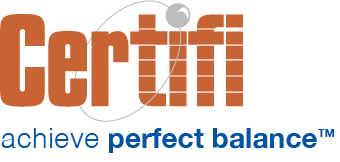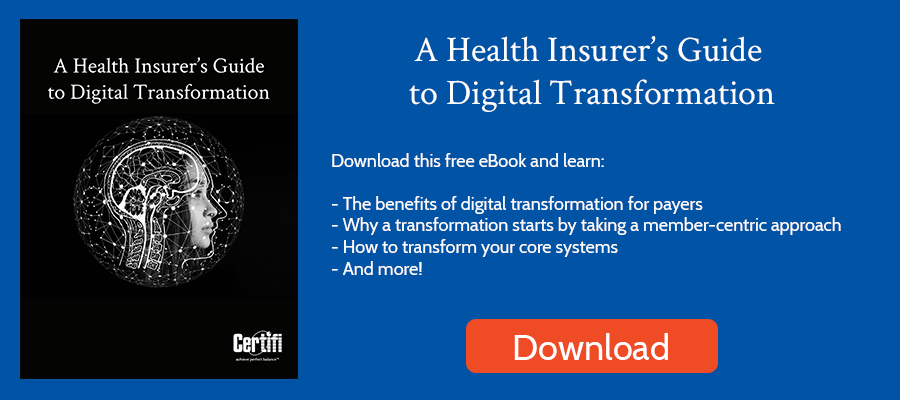In the past, we reviewed Humana’s Bold Goal program and Anthem’s Q4 2020 quarterly earnings call to determine health insurance trends. Another data point: UnitedHealth Group recently dropped their 2020 Sustainability Report. The report is a compendium of their goals, activities launched to reach those goals and their achievements. At 60+ pages, it is a testament to where United Health Group, the largest health insurer if counted by covered lives, sees they can impact healthcare.
The report highlights six key areas of focus for the company as they aim to create a modern, high-performance health system. Additionally, for some of those areas of focus, they set goals they aim to achieve within a certain period. By examining the priorities and goals of one of the largest health insurance providers in the world, we can better understand the future of health insurance.
Here is an overview of each of those priorities:
Expanding Access to Care
UnitedHealth Group is an incumbent with deep tentacles in the existing healthcare system. As such, it aims to continue to leverage that coverage system — Medicaid, Medicare, individual markets, and employer-sponsored insurance – to improve access to care. To help those who lost their employment-based coverage, the company launched GetCovered. It’s a no-cost service that delivers information about how to access health care coverage.
Virtual Care and Remote Monitoring
The COVID-19 pandemic turned virtual care from a nice-to-have into a must-have. Throw in the stress involved in that pandemic — from working remotely, having limited contact with loved ones, and the potential for being infected with a significant illness every time you interact with another human — and investing in virtual behavioral health became important. As a result, UnitedHealth Group’s Optum unit purchased AbleTo, a New York-based virtual mental healthcare business. The purchase adds another novel solution to its insurance offering. But it also offers an opportunity to be a behavioral health market leader. It’s a category primed for growth after telehealth solutions exploded in popularity during the pandemic. UnitedHealth highlighted AbleTo outcomes like a 50% reduction in depression and a 48% decrease in hospitalizations.
Remote monitoring tools also became a priority in 2020 thanks to the pandemic. For UnitedHealth, that meant leveraging another recent Optum division acquisition, Vivify Health. Vivify is a remote monitoring platform that delivers patient data to providers from connected health devices. For UnitedHealth, that helps improve patient outcomes while reducing costs. In the report, they tout an up to 40% reduction in mortality and up to a 74% reduction in hospital readmissions.
Primary Care
A final issue UnitedHealth aims is this category is improved access to primary care. In addition to investing in programs to develop more primary care providers — like a $3 million investment at the UNLV School of Medicine – UnitedHealth is investing in virtual primary care. The insurer launched a Virtual Primary Care plan in 2020 and looks to expand the program in the future. The program offers low or no-cost access to doctors for routine visits via their phone or computer.
UnitedHealth has set a goal to have 85% of members receive preventive care services annually by 2030, a 7-percentage point increase over 2019.
Improving the Affordability of Health Care
Healthcare costs continue to rise. To help drive down costs, UnitedHealth plans to improve member access to quality of care and cost information so they can make more informed decisions. UnitedHealth has found that members who use their transparency tools pay 36% less than non-users, significant savings.
The company also aims to advance value-based care, making providers financially accountable for their patients’ care. UnitedHealth touted its more than 1500 Accountable Care Organizations (ACO). Those providers work together to coordinate member care. The result is more preventive care screenings, fewer hospital admissions, and fewer emergency department visits.
Because of the high cost of emergency room visits, another UnitedHealth goal is to optimize where members obtain care. UnitedHealth recently garnered a lot of press — much of it negative — when they announced they will potentially not reimburse unnecessary emergency room visits. The implementation date for that initiative was delayed, but UnitedHealth has other initiatives like Optum’s Rally platform that enables cost comparisons before members receive care.
UnitedHealth aims to have more than 55% of outpatient surgeries and radiology services be delivered at high-quality, cost-efficient sites by 2030. That represents an increase of 8 percentage points from 2019.
Enhancing the Healthcare Experience
For UnitedHealth, enhancing the health care experience means both the member experience and the provider experience. For members, the company is building more personalized tools. UnitedHealth touted its Advocate4Me and Navigate4Me programs that deliver a single person — instead of a traditional call center approach — who can help them with their healthcare needs. Advocate4Me saw a 10% improvement in customer loyalty as measured by Net Promoter Score.
For providers, UnitedHealth aims to streamline administrative processes. The company wants providers to spend more time with patients, not paperwork. UnitedHealth’s Point of Care Assist tool helps providers see gaps in care and estimates costs based on coverage while also streamlining processes like prior authorization. Optum’s OptimalCare platform delivers the latest research and scientific evidence so they can make better decisions.
Achieving Better Health Outcomes
An amazing 60% of Americans have chronic conditions. Those conditions result in more than $1 trillion in direct healthcare costs each year. To trim those costs among diabetes patients, UnitedHealth leverages digital therapy. Examples include providing eligible diabetes patients a continuous glucose monitor, activity tracker, apps, and one-on-one clinical care. For cancer patients, Optum provides a cancer support program. That program delivers specialized treatments and helps prevent avoidable hospital and emergency department visits. It leads to a reduction of cancer care spending by 10%.
UnitedHealth has also focused on improving members’ health literacy. It is a simple concept but one that can reduce costs. The company has introduced a Health Literacy Innovations Program to deliver health information clearly and a Just Plain Clear Glossary to help members understand complex health terms.
To achieve better health outcomes, UnitedHealth is focused on closing gaps in care. A gap in care is essentially a difference between what is clinically recommended, and the care received. UnitedHealth would like to close 600 million gaps in care for members by 2025. That represents a significant increase from the 104 million gaps in care achieved in 2019.
Advancing Health Equity
Numerous philanthropic investments in community organizations in specific locations have advanced health equity goals. But UnitedHealth has also advanced health equity by collecting and sharing data about health disparities.
The company has also invested in promoting diversity in the healthcare workplace. That investment includes $10 million to support health informatics training at HBCUs since 2017. The company also provided more than $23 million to fund nearly 3000 scholarships for students of color and a STEM program where employees volunteer to help train underrepresented students.
Building Healthier Communities
We recently wrote about how Humana’s Bold Goal program aims to impact specific communities. UnitedHealth builds healthier communities through charitable contributions, employee volunteerism, and leveraging data to improve health. The company highlighted their America’s Health Rating analysis multiple times in the report, citing it as an example of how they leverage that data to help policymakers improve the health of specific populations.
Let’s be clear: The UnitedHealth Group Sustainability Report is a long press release that aims to tout UnitedHealth Group’s achievements. But it also delivers a good overview of what one of the largest health insurers in the United States is doing to reduce healthcare costs and grow their market share and drive health insurance trends.
Certifi’s health insurance premium billing and payment solutions help healthcare payers improve member satisfaction while reducing administrative costs.



